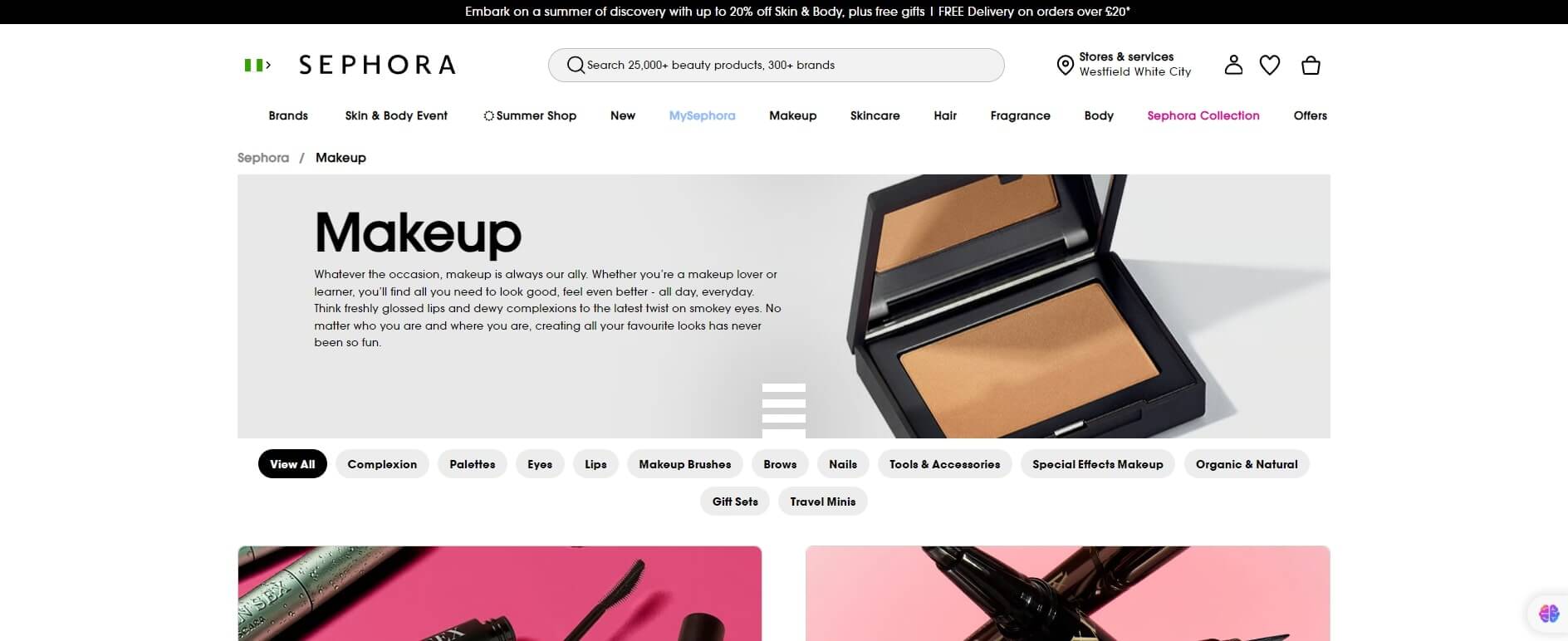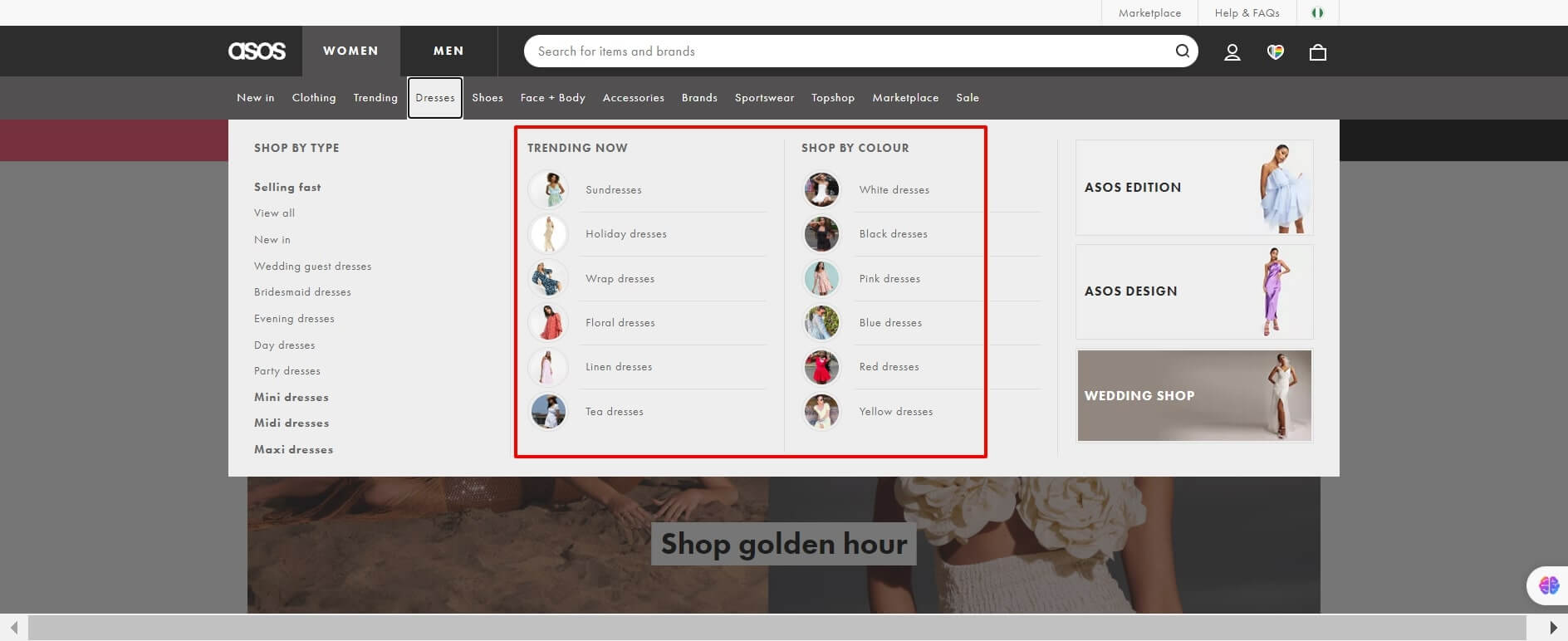
Nothing is more fun than finding what you want without struggling, especially in an e-commerce store. That's where e-commerce search enrichment comes into play. It's all about using smart tools and strategies to make searches more accurate, make shoppers happier, and increase sales. Why is this important? When search engines understand customers' wants, shopping online is much smoother. Instead of scrolling through endless pages, users get more accurate results immediately. This improves the shopping experience and increases the chances of sales. Keep reading as we shed more light on e-commerce search enrichment and why it is essential for your business.
What is E-commerce Search Enrichment?
The best way to describe e-commerce search enrichment is to view it as a magician. Imagine you're shopping online, and you type in "running shoes." Search enrichment ensures you get exactly the shoes you're interested in based on factors like your past searches, preferences, and even similar products others have liked. It's about making the search experience smarter and more personalized. So what does this entail? Let's look at the concepts of e-commerce search enrichment.
- Data Enrichment: This involves adding attributes, tags, and descriptions like category details, sizes, etc., to products. When these details are added, the search engine can understand your needs and provide precise search results.
- Visual Search: Have you ever been lost for words and cannot describe what you want? Well, visual Search adds another layer of convenience for you. Instead of relying solely on text queries, you can upload images to find visually similar products.
- Multisearch Capabilities: This is an exciting concept of e-commerce search enrichment. How does this work? It is similar to visual search, but with multi-search capabilities, your customers can search for products using voice, text, or pictures, making the shopping experience more fun.
- Personalization: Personalization allows your customers to feel special. By examining past searches and purchase history, the search engine can prioritize results most relevant to the individual user, enhancing the overall shopping experience. These days, e-commerce businesses are doing everything to stay in the market, which makes e-commerce search enrichment necessary. A better user experience makes everyone happy. When customers can find what they want quickly, they're more satisfied. Also, by offering a smooth search experience, eCommerce businesses can stand out and keep customers returning.
Benefits of E-commerce Search Enrichment
Given the rapid growth of online stores, e-commerce search enrichment has proven beneficial in key business areas. They include:
1. Improved User Experience
Ecommerce search enrichment makes it easier for customers to find what they are looking for. Unlike traditional searches that show results based on basic keyword matches, enriched search uses advanced technology to understand the meaning behind a user's search words. For example, if someone searches for "running shoes for flat feet," a regular search can just show any running shoes. But an enriched search will show shoes designed specifically for flat feet
2. Increased Conversion Rates
Better search results lead to higher sales because customers are shown products that closely match their needs. This improves important metrics like click-through rates (CTR) and conversion rates. For instance, an ecommerce clothing store can see a 20% increase in the number of people clicking on products and a 15% increase in sales after adding enriched search.
3. Competitive Advantage
Having superior search functionality helps ecommerce businesses stand out from the competition. Many online shoppers leave websites that do not provide good search results. By offering enriched search, ecommerce sites can keep customers on their sites by giving them a better shopping experience. For example, if two online bookstores sell the same books but one has an enriched search that understands detailed searches like "books for teenage fantasy fans," that bookstore will attract and keep more customers.
4. ROI and Sales Growth
The return on investment (ROI) for adding search enrichment is usually very good. While there is an initial cost to set up advanced search technologies, the increase in sales and customer satisfaction can quickly cover these costs. Studies by Baymard Institute show that a well-designed search function can improve conversion rates by up to 40%. An example of the ROI of search enrichment is the online fashion retailer Boden. After implementing a more sophisticated search engine with advanced filtering and product recommendations, Boden saw a 20% increase in click-through rates and a 15% rise in conversion rates.
How to Implement Ecommerce Search Enrichment
Implementing e-commerce search enrichment can greatly improve user experience, boost conversion rates, and give you a competitive edge. Below is how you can successfully implement search enrichment,
1. Utilizing Existing Tools
When it comes to enhancing e-commerce search capabilities, there are several effective visual and multi-search tools and platforms that can help you achieve your aim, such as; Google Lens: This visual search tool lets you identify objects, translate text, and even get help with homework by simply pointing your camera. It's available on the Google Search desktop browser and mobile apps like Google App, Photos, and Pixel Camera. You can use the Google Cloud Vision API to integrate Google Lens capabilities into your platform. This involves making API calls to analyze images uploaded by users. When a user uploads an image, the API processes the image to identify objects and text. The platform can then display matching products from the catalog.

Syte: Syte is a visual search platform that specializes in fashion and clothing. It allows users to search for similar items based on image uploads or by specifying details like color, pattern, or brand. Syte offers plugins and APIs that can be integrated with major ecommerce platforms like Shopify, Magento, and WooCommerce. After integrating Syte, you can upload images or use visual search features directly on your site. This tool analyzes the images and provides product recommendations.

Bing Visual: Bing Visual Search helps you search the web using images. It goes further than Google Lens by letting you filter your results. You can find the exact image online, explore related content, or discover similar products to buy. You can integrate Bing Visual Search through the Bing Visual Search API. This requires sending image data to Bing's service and receiving search results.

2. Custom Solutions
Sometimes, off-the-shelf tools don't fit your unique business requirements. That's where custom search solutions come in handy. For instance, if a customer wants running shoes that are comfy, and stylish to cut through the clutter, the search engine pulls up perfect matches. Also, for large businesses with high search traffic, custom solutions can be optimized for performance and scalability. Here's how you can develop and implement custom search features:
- Requirement Gathering: Start by understanding exactly what you need. This involves gathering insights into your business goals, understanding customers' expectations when searching for products, and outlining the technical specifications your custom search feature must meet.
- Design and Prototyping: Once you clearly understand your requirements, create visual blueprints or prototypes of your custom search interface.
- Development: You'll need skilled developers to build the backend algorithms that power your search functionality, create user-friendly frontend interfaces where customers interact with the search feature, and integrate everything easily with your existing e-commerce systems.
- Testing and Optimization: Before launching your custom search feature, you must thoroughly test it. The accuracy test ensures relevant search results; the performance test looks out for a fast and responsive search feature. The usability test gathers feedback from real users to ensure the interface is easy to navigate.
- Deployment: Once testing is complete and any necessary adjustments are made, it's time to use your custom search feature. Then, you can gradually monitor its performance and gather more user feedback.
3. Data Management Best Practices
Keeping your product data in top shape is great for any eCommerce business. Good data improves how well your products appear in search results, which can bring in more customers. Here are some tips to help you:
- Maintain High-Quality Data: Accurate and up-to-date data is important. It ensures that your customers have the correct information about your products, leading to better purchasing decisions and fewer returns.
- Regular Updates: Update your product information regularly, with prices, descriptions, images, and availability. Consistent updates help keep your inventory accurate and your customers informed.
- Clean Data Practices: Regularly clean your data to remove outdated or incorrect information. This prevents confusion and helps maintain a smooth shopping experience for your customers.
- Use Reliable Sources: When enriching your data, use trusted sources to ensure the information you're adding is accurate This includes first-party data from your systems or third-party data from reliable partners.
- Automate Where Possible: You should use tools and software to automate data management tasks.
Execution Strategies
When embarking on the journey to implement search enrichment for your e-commerce platform, starting with a solid plan is essential. These are the initial steps you should take:
1. Planning and Strategy
Proper planning is the best way to get things done. You can begin by defining your goals for search enrichment. Are you looking to improve search accuracy, enhance user experience, boost conversion rates, or all of the above? Setting clear objectives will help in your implementation strategy. Also, you should Identify measurable KPIs that align with your objectives. These could include search relevancy, click-through rates (CTRs), conversion rates, and user engagement metrics. KPIs help you track progress and determine the success of your search enhancement efforts.
2. Implementation Process
Once you have a clear plan in place, it's time to integrate search enrichment tools effectively. Here's a step-by-step guide:
- Choose the right tools based on your objectives and KPIs. Whether visual search tools like Google Lens or multisearch capabilities from platforms like Algolia, ensure they align with your business needs.
- Most search enrichment tools offer APIs for integration. Work with your development team to integrate these APIs into your ecommerce platform.
- Make sure the tool is compatible with your existing system. Check for any conflicts or required updates to your platform.
- Integrate the selected search enrichment tools with your e-commerce platform. You can do this by following the specific integration guidelines provided by the tool vendors and the compatibility with your existing systems and platforms.
- The next step is to customize the tools to match your brand and meet your specific needs. Configure search filters, relevancy algorithms, and user interface elements.
- Now, you can conduct thorough testing to make sure the tools work correctly and deliver the desired results. Test for the text, voice, and visual searches.
- Remember to train your team on how to use and manage the new search enrichment tools. You can provide documentation and resources for ongoing support.
3. Monitoring and Optimization
Implementing search enrichment is just the beginning; ongoing monitoring and optimization are important for long-term success. This means you should continuously monitor the performance of your search enrichment tools and metrics. You can track KPIs regularly to identify areas for improvement and measure changes' impact on search accuracy and user satisfaction. Also, you can gather user feedback through surveys, usability tests, and analytics to understand how customers interact with your search feature. There's another option of using A/B testing to experiment with different algorithms or UI designs to optimize search results and enhance user experience.
Real-World Applications and Case Studies
Many e-commerce businesses have found search benefits; here are some real-world applications of strong search enrichment:
- Sephora: Sephora, a leading global beauty retailer, is a prime example of how ecommerce search enrichment can transform the customer experience and drive sales. They introduced the Sephora Virtual Artist, an augmented reality (AR) feature that allows customers to try on makeup virtually. This tool uses visual search technology to recommend products based on the user's facial features and preferences. The visual search feature and personalized recommendations have made shopping more interactive and engaging for Sephora's customers.

ASOS: This global online fashion retailer, integrated Google Cloud Vision API to power their visual search tool. The tool allowed users to upload photos of clothing items they liked and find similar products. They reported a 30% increase in conversion rates for users who used the visual search feature.

Wayfair: Wayfair, an online retailer of home goods, implemented visual search functionality using ViSenze's AI technology. This allowed customers to upload images and find similar products on the site. It led to a 20% increase in search-driven sales and a notable improvement in customer engagement. Shoppers found it easier to locate items that matched their style preferences.

Challenges Faced During the Application Although search enrichment offers great benefits, implementing it effectively comes with its own set of challenges. Here's a breakdown of some common hurdles and how you can overcome them. Data Quality and Consistency: Search enrichment relies heavily on accurate and consistent product data. Businesses can face challenges ensuring all product information follows a standardized format. One way to manage the hurdles is by establishing data validation processes and quality control measures. Personalization Pitfalls: Your customers do not want to feel stalked, and overly aggressive personalization can backfire. If user data isn't analyzed carefully, customers might feel their privacy is invaded. Content Creation and Curation: Another challenge is content creation and curation. You can employ content management systems and automation tools to streamline the process of creating and maintaining rich product descriptions, curated content sections, or user reviews
Conclusion
So, there you have it! Ecommerce search enrichment makes searches more accurate, improving user experience and boosting sales. Strategies like visual search and personalized recommendations have shown real success, as seen with companies like Sephora. With e-commerce competition tougher than ever, it's essential for businesses to adopt these search techniques. If you're looking to enhance your search functionality and feel confused, reach out to our team of e-commerce experts, and book a free demo at https://www.sparq.ai/book-a-demo . We're here to help.
